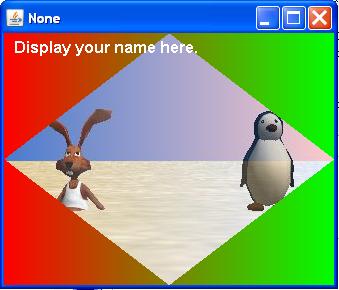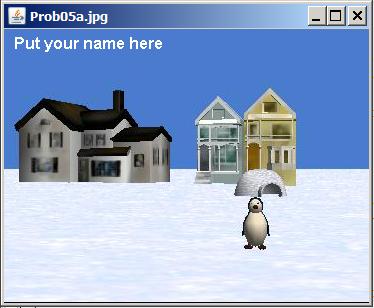| << Chapter < Page | Chapter >> Page > |
Revised: Mon Mar 28 14:27:27 CDT 2016
This page is included in the following Books:
This module contains review questions and answers keyed to the module titled Jb0220: Java OOP: Statements and Expressions .
The questions and the answers are connected by hyperlinks to make it easy for you to navigate from the question to the answer and back again.
A Java program is composed of a series of what?
Statements in Java are constructed from what?
Describe an expression in Java.
What does a method call evaluate to in Java?
True or false? Java supports named constants. If false, explain why.
Provide a code fragment that illustrates the syntax for creating a named constant in Java.
True or false? Java supports a constant type. If false, explain why.
What is the common method of controlling the order of evaluation of expressions in Java?
If you don't use matching parentheses to control the order of evaluation of expressions, what is it that controls the order of evaluation?
What is the meaning of the following two images?
This image was inserted here simply to insert some space between the questions and the answers to keep them from beingvisible on the screen at the same time.
The image is also an example of the kinds of things that we do in my course titled ITSE 2321, Object-Oriented Programming.

This image was also inserted for the purpose of inserting space between the questions and the answers.

If you don't provide matching parentheses to control the order of evaluation, the order will be determined by the precedence of the operators with theoperations having higher precedence being evaluated first. For example, multiply and divide have higher precedence than add and subtract.
You can control the order of evaluation by the use of matching parentheses.
False. Java does not support a constant type. However, in Java, it is possible to achieve the same result by declaring and initializing a variable andmaking it final .
The syntax for creating a named constant in Java is shown below.
final float PI = 3.14159; True. Java supports named constants that are constructed using variable declarations with the final keyword.
A method call evaluates to the value returned by the method.
An expression is a specific combination of operators and operands that evaluates to a particular value. The operands can be variables, constants, ormethod calls.
Statements in Java re constructed from expressions.
A Java program is composed of a series of statements.
This section contains a variety of miscellaneous information.
Financial : Although the Connexions site makes it possible for you to download aPDF file for this module at no charge, and also makes it possible for you to purchase a pre-printed version of the PDF file, youshould be aware that some of the HTML elements in this module may not translate well into PDF.
I also want you to know that, I receive no financial compensation from the Connexions website even if you purchase the PDF version ofthe module.
In the past, unknown individuals have copied my modules from cnx.org, converted them to Kindle books, and placed them for sale onAmazon.com showing me as the author. I neither receive compensation for those sales nor do I know who does receive compensation. If youpurchase such a book, please be aware that it is a copy of a module that is freely available on cnx.org and that it was made andpublished without my prior knowledge.
Affiliation : I am a professor of Computer Information Technology at Austin Community College in Austin, TX.
-end-

Notification Switch
Would you like to follow the 'Object-oriented programming (oop) with java' conversation and receive update notifications?